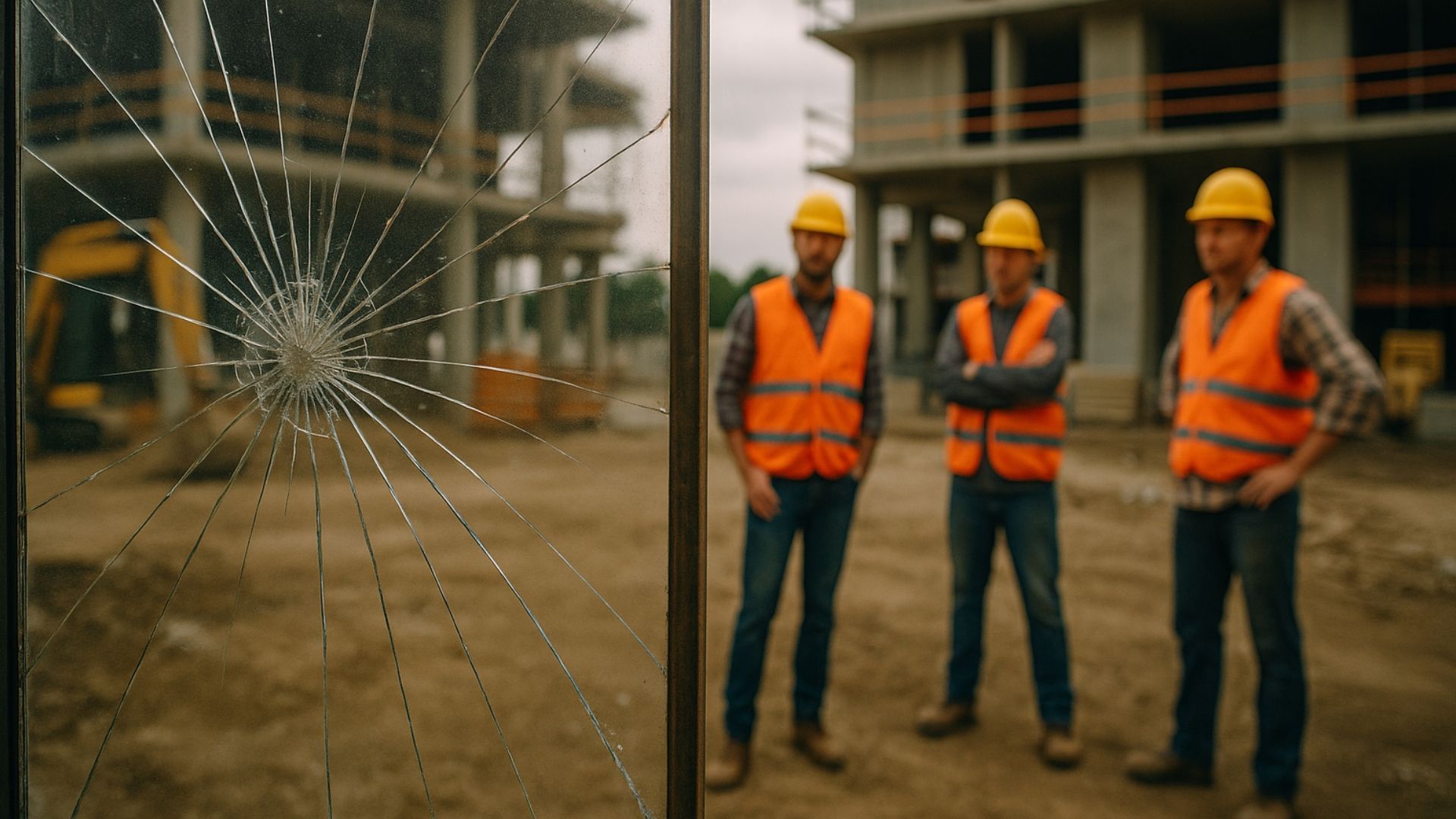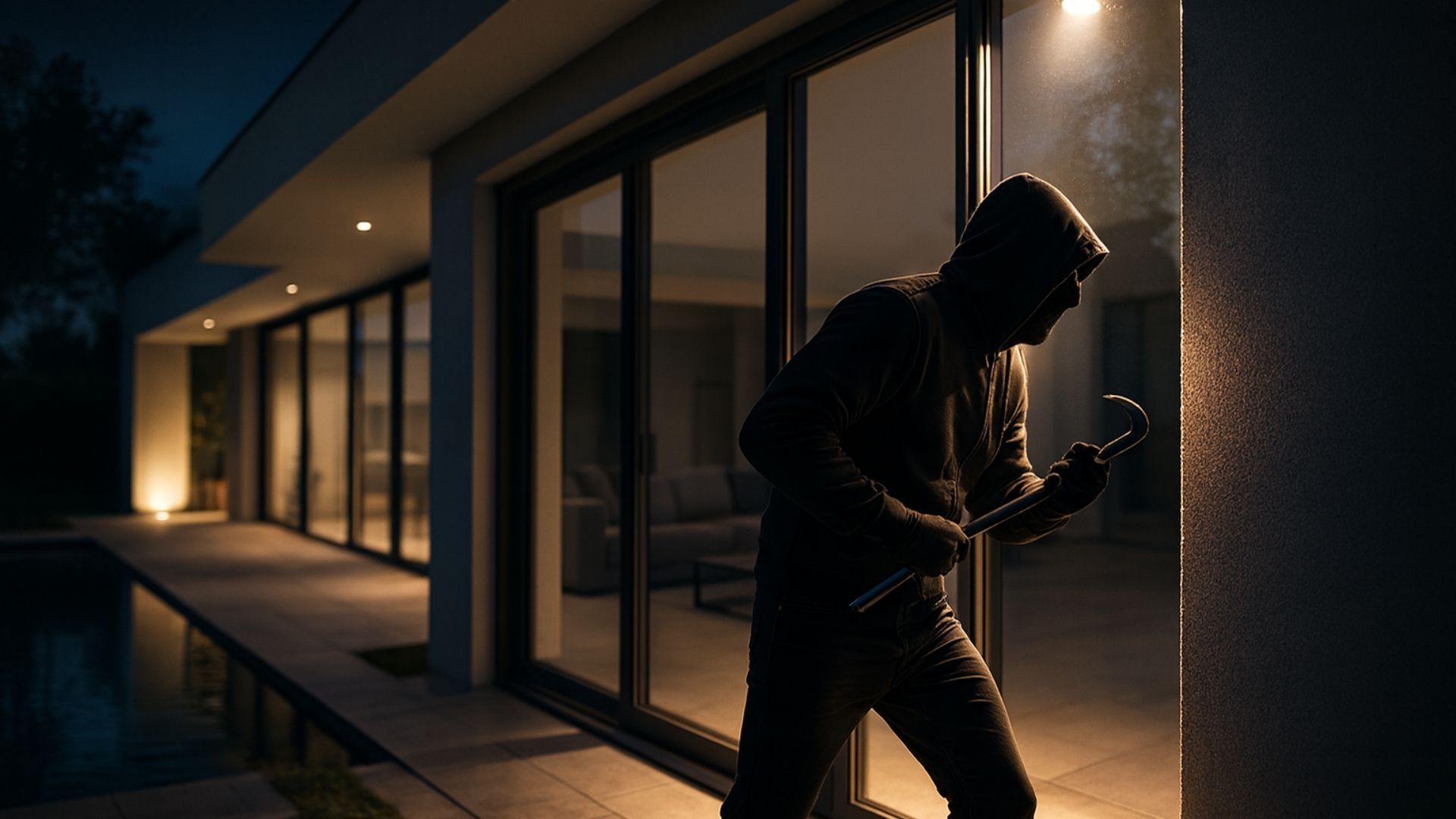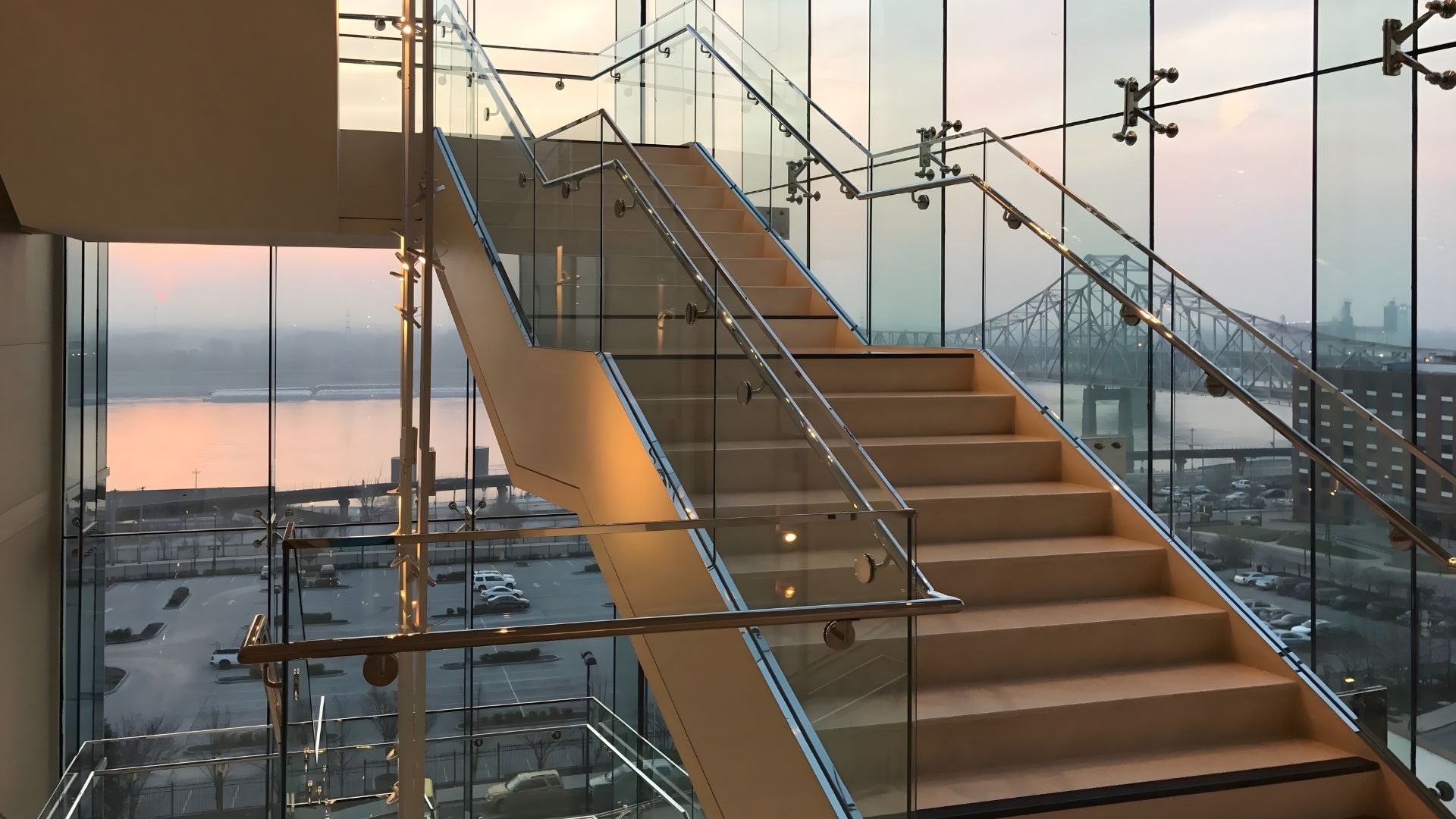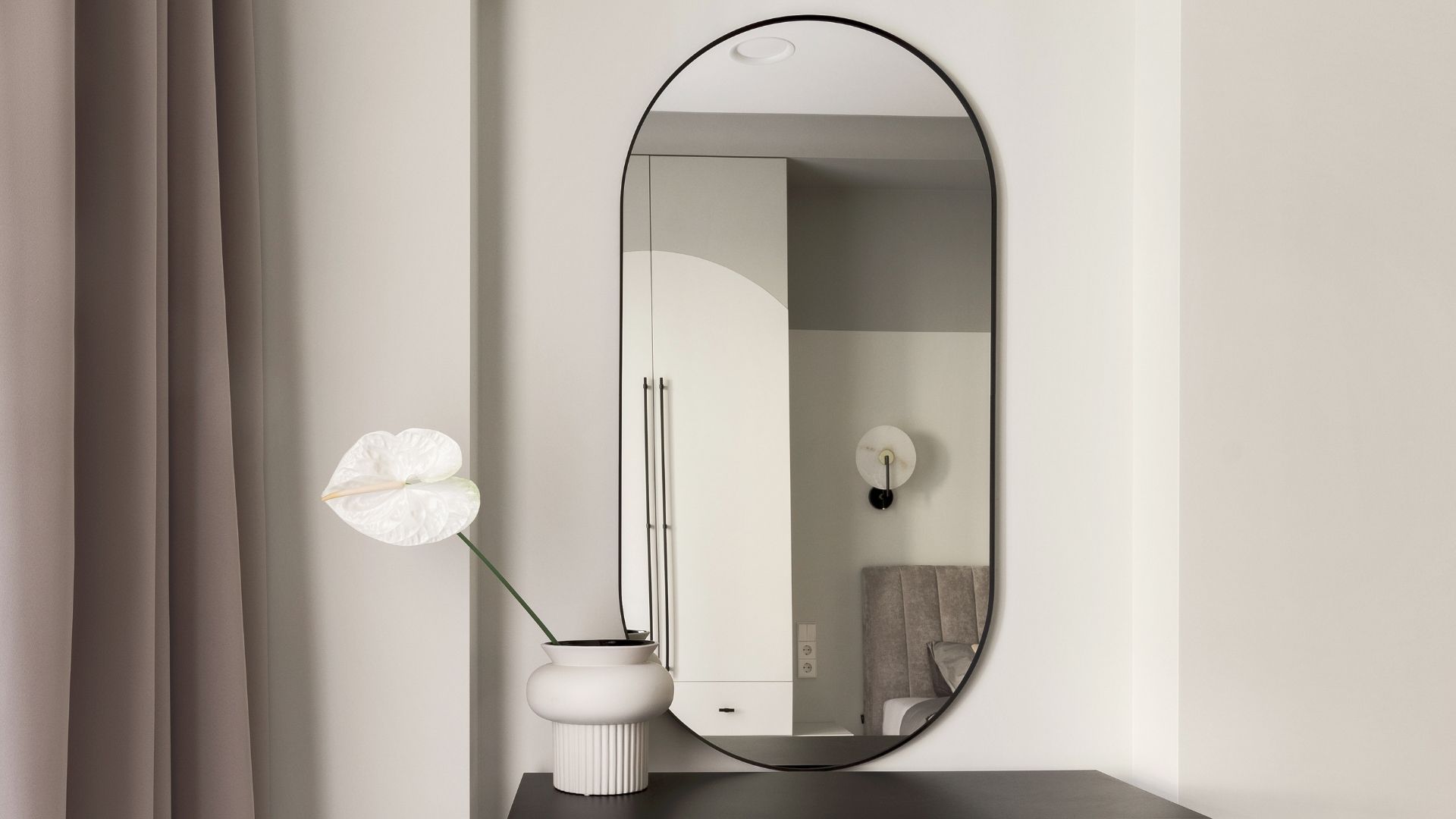UK fire door glass regulations: the facts you need to know
Share this blog:
What are the regulations for glass in fire doors? What kinds of glass are suitable? Learn the essentials in our guide to UK fire door glass regulations.
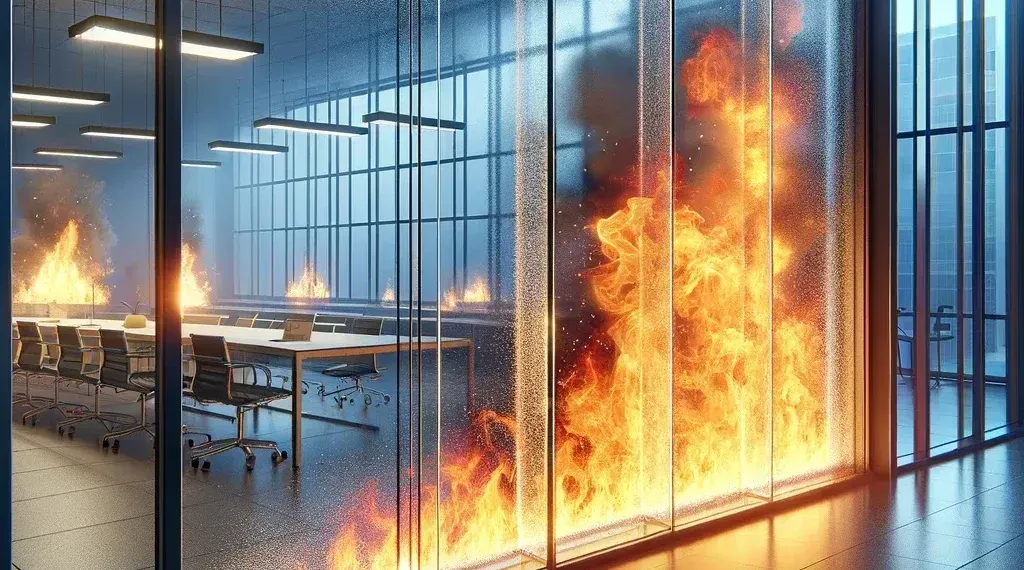
Can fire doors have glass in them? If so, what kind of glass is suitable and compliant?
The short answers are "yes" and "fire-rated glass".
Don't go running off installing fire doors just yet, though. It's a little more complicated than those answers suggest.
This quick guide is a good place to kickstart your research. It covers all the basic facts you need to know about fire door glass, including information on fire ratings, glazing types and the regulations you need to follow.
However, bear in mind that this article constitutes general information and should not be taken as professional advice. To the best of our knowledge, all the information is accurate – but you should do your own research to ensure compliance for your project.
With that said, let's get started.
What regulations govern fire safety and fire doors in the UK?
The UK governments maintain several regulations that affect the installation and maintenance of fire safety measures.
Which regulations apply to you? That depends on whether you're working on a new build or an existing property, as well as the part of the UK you're working in.

There are different fire safety documents for Scotland, Northern Ireland and England and Wales. For the sake of simplicity, we'll focus on protocol for England and Wales.
Regulations for existing buildings
For existing buildings, except for domestic properties, you should refer to The Regulatory Reform (Fire Safety) Order 2005.
No fire safety legislation covers existing privately owned homes. However, there are rules for landlords of privately rented properties – and in 2022, the government introduced new legislation for certain residential properties under the Fire Safety (England) Regulations 2022.

These new regulations apply to all buildings that comprise two or more domestic dwellings, including mixed-use commercial and residential properties. There are additional rules for buildings that meet this criteria and are taller than 11 metres.
Regulations for new buildings
In England and Wales, building regulations are known as Approved Documents. These apply to all new builds, as well as extensions, alterations and changes of use.
Approved Document B deals specifically with fire safety. It lays out the regulations for fire doors in Appendix C.
We can't cover all the rules here, but briefly:
- Fire doors must provide a certain level of fire resistance. This varies depending on the door's position.
- They must be certified to BS EN 12150 and tested in accordance with BS EN 1634.
- The whole door assembly ("fire doorset") must meet the above criteria.
Provisions vary from door to door and from project to project. For this reason, we recommend that you read Approved Document B in full, paying special attention to Appendix C.
You should also refer to article 38 of The Regulatory Reform (Fire Safety) Order 2005. This legislates that a package of fire safety information must be provided to the "responsible person" at the property.
What are the regulations for glass in fire doors?
There's a simple rule of thumb for glass in a fire door.
As laid out in Approved Document B, the entire door assembly must provide a certain level of fire resistance and be tested and certified to British standards. This includes any glazing.
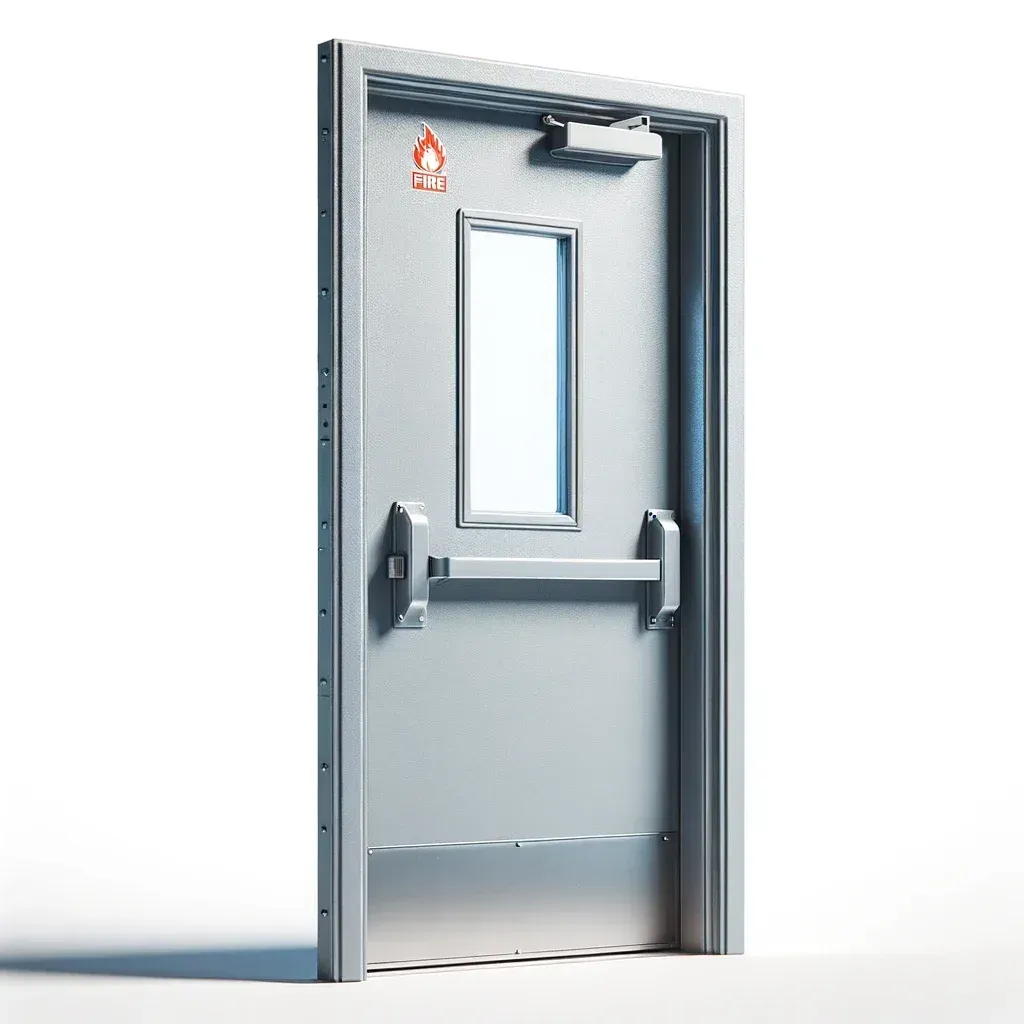
So, let's say Approved Document B requires that you fit a door with an E30 fire rating. In this case, the glass must also have an E30 rating when installed in the door.
Table C1 in Approved Document B lays out the specific requirements for fire doors (and, by extension, their glazing) based on their position in a building.
What does E30 mean?
E ratings are the European fire rating classifications for doors and their glazing. In the UK, these classifications are determined by BS EN 12150.
"E" refers to the structural integrity of the door, while the number indicates the time for which the door will maintain that integrity.
So, an E30 door (or window) will maintain its structural integrity for a minimum of 30 minutes in the event of a fire. In this context, "maintaining integrity" means preventing the passage of flames and hot gases from one side of the door to the other.
BS EN 12150 also specifies Ew and Ei ratings. These indicate radiation (heat) control and insulation performance, respectively.
What types of fire-rated glass are available?
There are several types of fire-rated glass on the market.
The most common variety used to be wired glass. This incorporates a metal mesh into its construction, which helps the glass maintain structural integrity in a fire emergency.
You might also come across fire-rated ceramic glass. This provides some fire resistance and, unlike wire glass, provides a mostly unobscured view. However, it's more delicate than other types of fire glass – while it can withstand flames, it doesn't perform well in impact tests.
Our fire-rated glass, TG FR™, is a specially developed form of toughened (tempered) glass. It provides all of the benefits of ceramic and wired glass – a clear view, exceptional strength and BSI-certified fire resistance.
TG FR™ is tested in accordance with BS EN 12150. It's rated E30 for fire resistance and Ew15 for radiant heat resistance.
Visit our fire-rated glass page for more information – or get in touch to request a quote.
More common Q&As
Can you have a glass fire door?
Yes, it's perfectly possible to construct a fire door made primarily of glass. This type of door is becoming more popular as it provides a bright and modern look while remaining compliant with fire safety regulations.
The rules for glass fire doors are the same as those for traditional fire doors. The whole door assembly – frames and glass included – must meet specified fire-resistance standards.
Is fire-rated glass passive or active?
Fire-rated glass is a passive form of fire protection. It's designed to contain the spread of fire rather than extinguish it.
Active fire protection measures include fire alarms, sprinkler systems and emergency lighting systems. These are designed to detect or extinguish flames or help people escape a fire scenario.
Is fire-rated glass tempered?
Some fire-rated glass is tempered (toughened). But not all tempered glass is fire-rated.
Our fire-rated tempered glass, TG FR™, uses a unique process developed internally at ToughGlaze.
To achieve the proper fire rating, it goes through a specially calibrated toughening cycle and has a special edge finish applied.
ToughGlaze is one of the UK's most trusted and knowledgeable commercial glass suppliers. Do you need to specify fire-resistant glass for your project? TG FR™ is processed in customised batches to meet our clients' exact requirements. To learn more – or get a quick quote – please don't hesitate to contact us.

